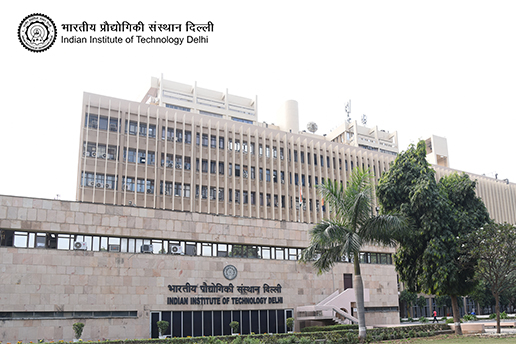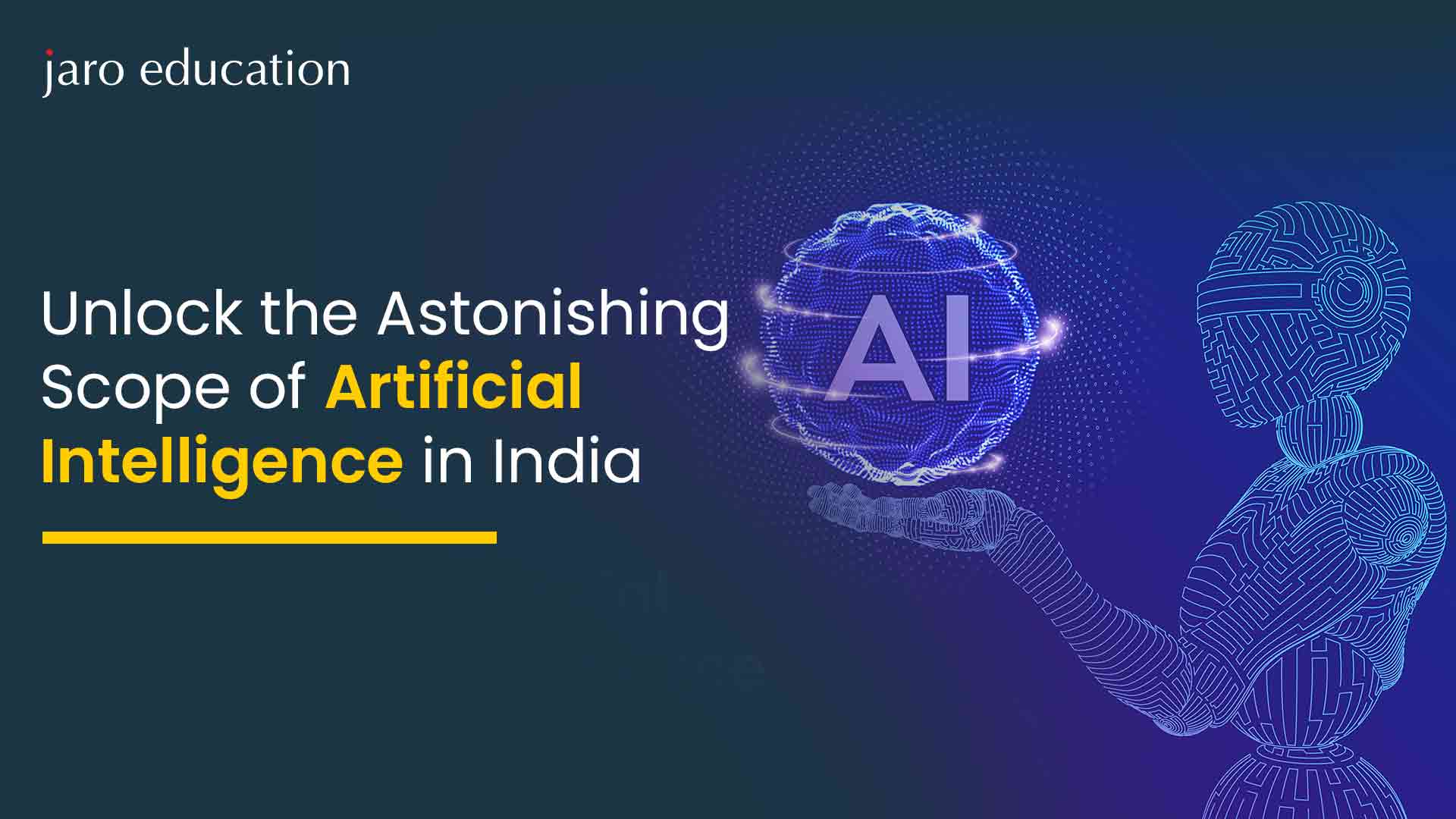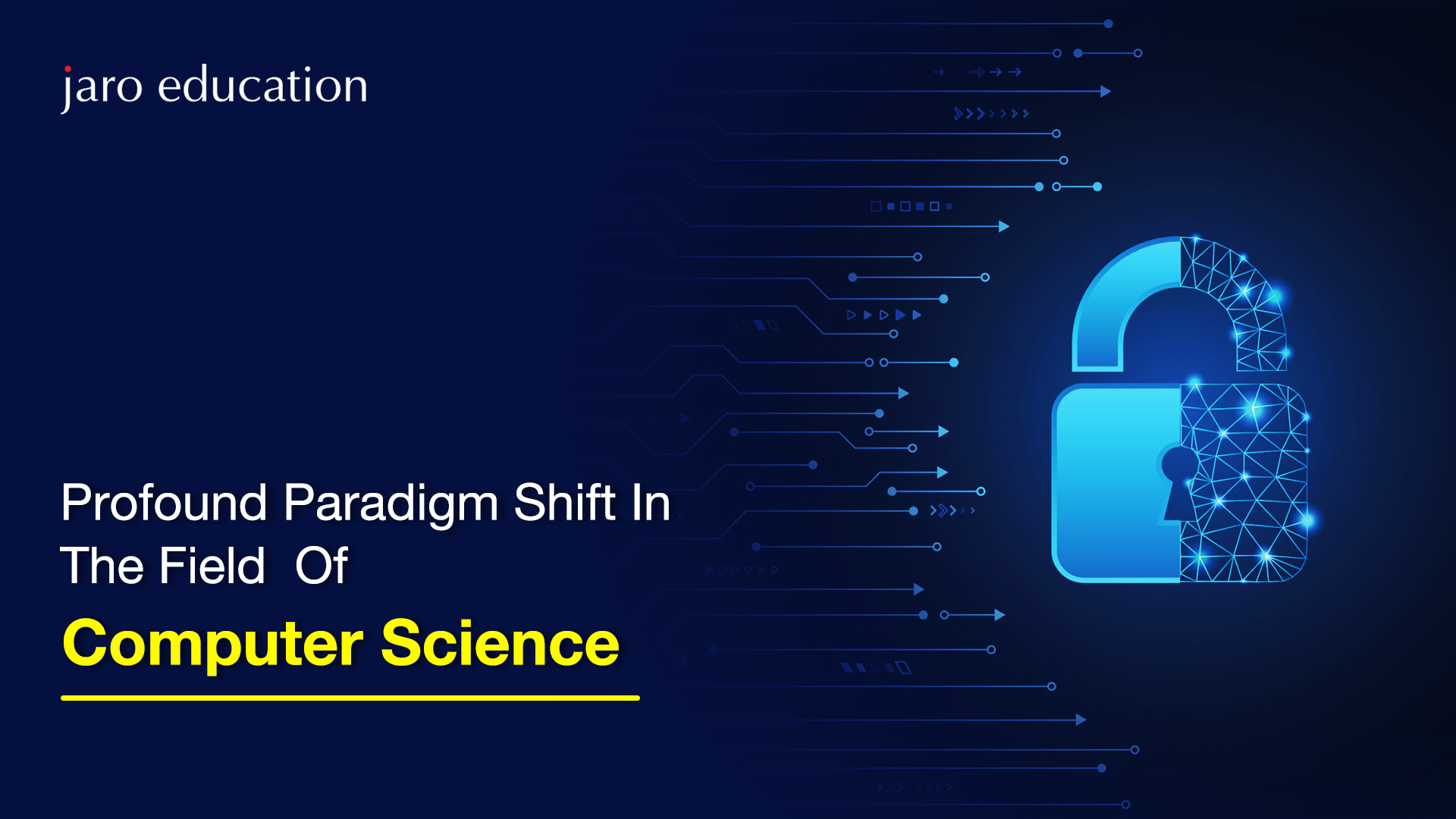Exploring the Evolution of Generations of Computers
Table of Contents
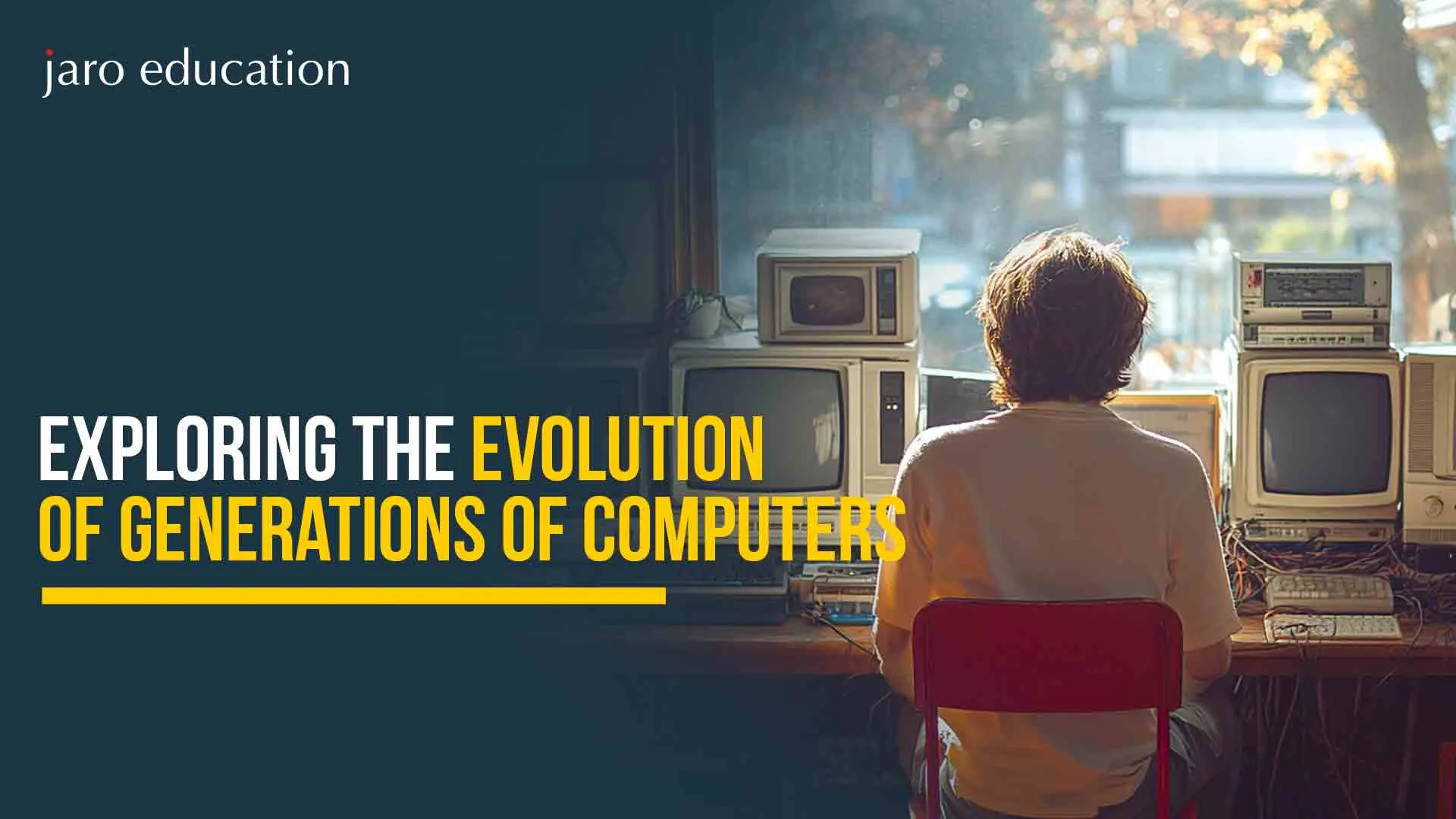
The generation of computer systems has undergone a significant transformation over the years. From the massive vacuum tube machines of the first generation to the sleek, highly capable machines of today, each era of the computer has brought forward new ideas and innovations.
Therefore, understanding the development of these generations provides valuable insights into the development of computer science, both in terms of the actual hardware and as a subject.
This blog explores the key characteristics, breakthroughs, and impacts of each generation of computers, tracing the fascinating timeline of progress that continues to shape our digital world.

*discover.hubpages.com
Everything about Generation of Computer System
The history of computers began around a thousand years ago when it was not invented from its core ideologies. What are those ideologies? The ideologies were stones, sticks, and bones. Yes, people were supposed to use these as counting tools. After some phases of evolution, they developed devices such as Abacus, Napier’s Bone, Pascaline, etc., and later came computers.
Let’s learn it step-by-step –
First Generation of Computer System (1940-1956)
The first generation of computer systems was constructed based on vacuum tubes. These vacuum tubes processed the information. These computers were developed during the World War II.
Basically, these devices were gigantic in size, consumed a lot of power, and generated massive amounts of heat. The first generation of computer systems has been using machine languages for programming. Thus, specialized knowledge is required to handle the coding part. It made the process more tedious and error-prone.
The ENIAC (Electronic Numerical Integrator and Computer) is a perfect example of first generation computer. It was developed by Presper Eckert and John Mauchly in 1946. The device occupied a whole room. The vacuum tubes were used instead of transistors. There were punch cards for input and output data and drums for storage.
Advantages of first generation of computer
- These were the toughest to hack for cybercriminals.
- They performed the calculations faster, which was just 1000th of a second.
Disadvantages of first generation of computer
- Due to their massive size and weight, the first generation of computers were not portable.
- The engineers were required to stay on-site for 24 hours to maintain the computers.
Second Generation of Computer System (1956-1963)
The second generation of computers was notable for transitioning from vacuum tubes to transistors. Each computer consisted of 100-1000 o transistors. As a result, it helped to reduce the size of devices, as well as the power consumption. This way, the second generation of computer systems became faster and more reliable.
Significantly, in this time, high-level languages such as COBOL and FORTRAN have been invented. These simplified computer programming. Specifically, these languages were used for the hardware. For instance, magnetic cores were used for primary storage and magnetic tapes for secondary storage. All these things leveraged the applications of computers in scientific and commercial fields.
Another significant innovation in the second generation of computer systems was the multiprogramming concept. What is it? Let’s find out.
The first-generation computers were dedicated systems. That means only a single person can use a system at a time. But, in the case of the second generation of computer systems, the designers recognized that the utilization would be better if it became consumable between multiple people simultaneously. This concept is known as multiprogramming, and it became highly successful.
Again, in the early 1960s, several universities and communities mastered the concept of time sharing. It was the method of sharing a computer by multiple users through which they accessed the central computer with typewriters-like terminals.
During this time, people also understood the importance of computers in processing business data. The most successful second-generation computer system was manufactured by IBM. The model name was IBM 1401. IBM had installed several 1401 systems by 1964; this way, they had the highest number of computer systems in the world.
Advantages of second-generation computer system
- These computers had better speed and accuracy than the first-generation systems.
- Second-generation systems were more reliable, smaller, and capable.
Disadvantages of second-generation computer system
- The computers were usable for only specific objects.
- They required frequent maintenance.
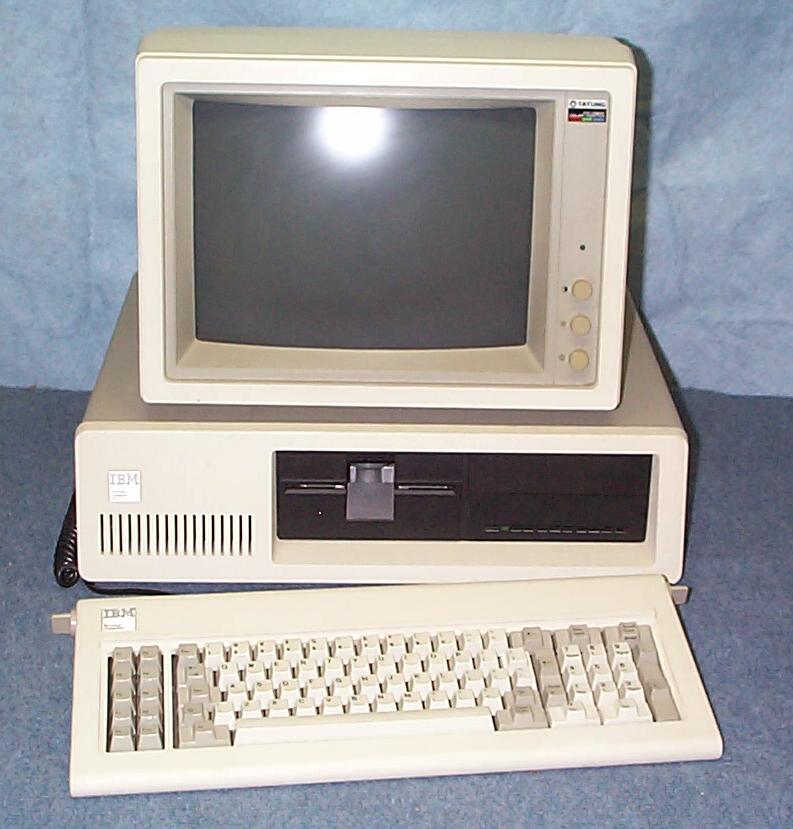
*blogspot.com
Third Generation of Computer System (1964-1971)
The development of third-generation computers has been triggered by integrated circuits (ICs). These were the unique features of the third generation of computer systems. ICs enabled multiple transistors to be embedded within a single silicon unit. Each silicon unit incorporated thousands of transistors. It increased the processing power of the computer. Furthermore, it reduces the size of the systems.
Additionally, scientists invented operating systems that enabled the simultaneous performance and execution of multiple tasks. Also, there was improvement in the languages and methods of the systems. The languages like C and Pascal were developed during the third generation of the systems. Moreover, the developers have taken a progressive approach in the case of the hardware. These included the presence of monitors and keyboards for human-machine interaction.
In 1964, IBM had set a benchmark by developing the System/360. It replaced all the previous IBM models. This series included different types of models. This ranges from small data-processing computers for business applications to large data-processing computers for scientific projects. The most interesting feature of the 360 series models’ was the upward compatibility. That means the programs ran on small models as well as large models. Thus, the growing organization used the small models first for low requirements. Later, when their requirement grew, they shifted to the large models. This approach made the 360 series popular, and it became the best-selling computer in the 1960s.
Again, in 1964, Control Data Corporation (CDC) invented the third generation of computer system CDC 6600. It performed 3 million instructions per second. Later, in 1969, the company introduced the most powerful model, CDC 7600, which performed 36 million operations per second.
Another outstanding innovation during the third generation of computer systems was the small and powerful minicomputer. It was developed by Digital Equipment Corporation (DEC), and the model was called PDP-8. These were used as the process control computers in laboratories, small businesses, petroleum refineries, and controlling production lines.
Advantages of third generation systems
- Usage of integrated circuits made the computers more reliable.
- It is smaller in size than the previous generations.
Disadvantages of third generation systems
- Formal training was required to handle the third generation of computer systems.
- Advanced technology is also needed to manufacture the IC chips.
Fourth Generation of Computer System (1971-1983)
The fourth-generation computers were remarkable for introducing microprocessors. The microprocessors integrated all the functionalities of the central processing unit within a single chip. It extended the pathway of the construction of personal computers (PC). Thus, computer technology has become more accessible to the common public. The engineers of Intel became pioneers in this technology. Among them, the names of Ted Hoff and Federico Faggin should be remembered.
At this time, the RAM and ROM memories were improved, and the hard disk storage had appeared. Also, the usage of Graphical User Interfaces (GUIs) began at the time of the fourth generation of computer systems.
Again, in the 1980s, another impactful technology arrived called Very Large Scale Integration (VLSI). It was applied to the memory of semiconductor and processor circuit design. As a result, an increment of memory density was observed, which resulted in the memory being appended onto a single board. It rapidly accelerated the integration of multi-processors on a single board.
Moreover, in this decade, the ‘surface mount technology’ has come into the market. It removed the challenges of physical limitations for the number of connections for the communication between the processor chip and the outside world.
Examples of fourth-generation computers are DEC 10, PDP 11, CRAY-1 (Supercomputer), etc.
Advantages of fourth generation computer system
- Accuracy of calculations due to the presence of programming languages such as C++, C, DBASE, etc.
- Appearance of GUI streamlined the user experience.
Disadvantage of fourth generation computer system
- More advanced technology has been required to build the complex VLSI chips.
Fifth Generation of Computer System (1982 and onwards)
The fifth-generation computers promote sophisticated technologies that simulate human cognitive processes. Artificial intelligence (AI) is such a technology that has been employed in the fifth generation of computer system. This era has been remarked as the transition towards more advanced systems that perform complex and routine tasks autonomously. These types of computers use programming languages like Python, C#, Java, etc. The computers of this era are designed to process information the same way as humans do. These computers allow machine learning, voice recognition, and image interpretation. They also use Natural Language Processing (NLP) to recognize human language.
Additionally, this generation introduced another outstanding technology, Ultra Large Scale Integration (ULSI). It allows millions of transistors on a single chip. Thus, the technology leads toward more compact and powerful microprocessors that comprise faster speed and efficiency.
Again, the programming languages in the fifth generation of computer systems facilitated problem-solving with specified conditions or constraints instead of detailed conditions. In the case of AI and logic programming, step-by-step algorithms have become applicable.
Japan invented the fifth generation of computer systems named FGCS in 1982, which used microelectronic technology. Some significant examples of fifth-generation computers are laptops, desktops, Chromebooks, and Notebooks. Since then, the fifth generation of computers has been in the market. In 2025, global spending on devices, including personal computers, is expected to reach approximately USD 5.6 trillion by 2025.
Advantages of the fifth generation of computer system
- The computers are lightweight and easily portable.
- Also, they are easy to repair.
Disadvantages of fifth-generation computer system
- These computers include the risk of cybercrime.
- Also, there is a fear of unemployment due to the advancement of AI technology.
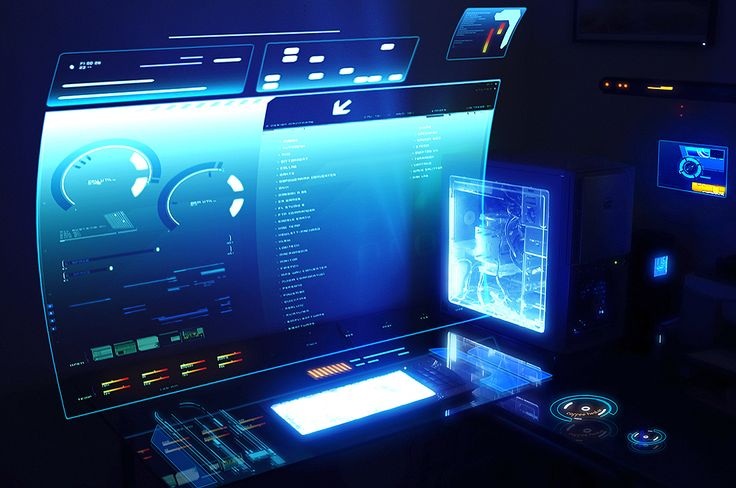
*zjcomputerhistory.weebly.com
About Six Generation of Computer
The sixth generation of computers is the most advanced computer, and it is still under development. These are built by using new paradigms known as post-classical computing paradigms. The paradigms are quantum computing, nanotechnology, and artificial intelligence. Also, they use NLP and machine learning. These computers solve multiple complex problems efficiently with refined performance, speed, intelligence, and communication speed.
Quantum computing is the backbone of the sixth generation of computer systems that use quantum bits (qubits) rather than classical bits (0s and 1s). This technology efficiently manages the calculation of enormous amounts of data or big data.
Also, these computers use other advanced technologies like –
- Nanotechnology: This technology makes the components of sixth-generation computers smaller. However, the components improve efficiency and productivity. These result in faster computing ability.
- Advanced parallel processing: This generation utilizes parallel processing applications much more. Thus, it allows multiple operations to be performed simultaneously and enhances speed.
- Biocomputing: Biological molecules can be integrated into sixth-generation systems for medical and research purposes.
- Superconducting materials: These materials enable electric transmission with almost zero energy loss. Hence, they boost the energy efficiency of the computers and decrease heat output.
Some examples of sixth-generation computers are – the IBM Quantum Computer, Apple M1 Chip, Tesla Full Self-Driving Car, etc.
Advantages
- High efficiency
- Less energy consumption
- Better human-machine interaction
Disadvantages
- High development costs
- Lack of skilled professionals
- Security issues
Conclusion
The history of different generations of computer systems shows how they have evolved throughout the decades. It highlights the incredible strides humanity has made in technology and innovation. Each generation brought about transformative changes—from the bulky, slow machines of the past to the intelligent, compact systems we rely on today.
Now, computers are integrating advanced technology like AI to make regular tasks easier and faster. Thus, most industries are investing in AI to achieve its full potential. So, students and professionals should invest their time in AI literacy. For this, they can take professional AI courses like the Online MSc in AI and reshape their career.
Frequently Asked Questions
Who is the father of computers?
Charles Babbage KH FRS is the father of computers.
Who invented the first digital computer?
J. Presper Eckert and John Mauchly invented the first digital computer in 1946.
How many generations of computer systems are there?
Basically, there are 5 generations of computers. The 6th generation is in the ideation stage.
Who are the fathers of AI?
John McCarthy and Alan Turing are the fathers of AI.










